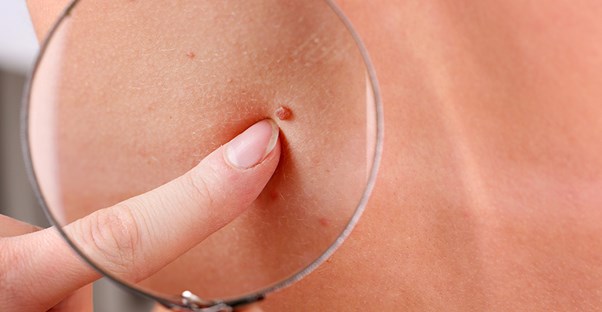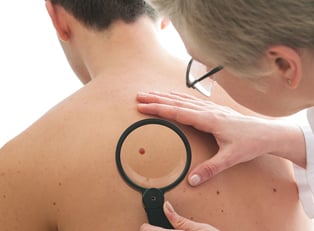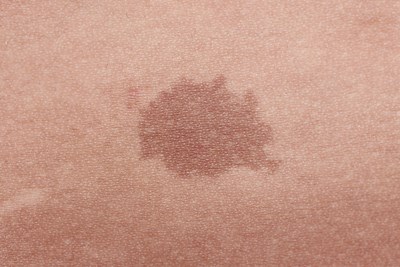Birthmarks are an extremely common occurrence. They appear as a result of abnormal pigmentation in skin cells or because of bunches of capillaries. But just exactly why they appear has been a point of conjecture for centuries and across cultures. Here’s a look at some of the myths surrounding birthmarks.
Myth #1: Birthmarks are there for life.
Just because you’re born with it, doesn’t mean you have to keep it. First of all, many birthmarks begin to fade within the first few years of life. Others may disappear almost completely after about a decade. Unfortunately, not all of them do -- some even get bigger as you grow -- and some of those can be very large and embarrassing. Luckily, there are a variety of treatments for fading and shrinking unwanted birthmarks, particularly those that tend to cause self-consciousness. If you’re tired of feeling like your face is hidden by your birthmark, talk to your dermatologist about laser removal and other options.
Myth #2: Birthmarks are a sign of your death in a past life.
Lacking a logical explanation for the appearance of birthmarks, many cultures have sought their own reasoning. While some folktales suggest birthmarks are the result of things the mother did while pregnant (like looking at a crescent moon!), a larger following believes birthmarks in your current life are a reminder of how you died in another life. Dr. Ian Stephenson, a psychiatrist, actually did a study following people who retain memories of their past lives that coincide with particular birthmarks. Unfortunately, their isn’t much empirical proof regarding this particular explanation.
Myth #3: Birthmarks signify your personality.
Another attempt to explain birthmarks is declaring them an omen. The idea is that depending on where your birthmark is located, it may predict personality patterns and potential life paths. Male and female marks may differ; in some instances, opposite sides of the body suggest the opposite side of the same idea (for example, a mark on your left arm means you’ll experience financial hardship, while the right arm indicates wealth or prosperity). However, there isn’t much scientific data to back that idea up either.
Myth #4: Birthmarks are dangerous.
For the most part, birthmarks are pretty safe -- a few moles, even a congenital nevus or two are usually nothing to worry about. However, some birthmarks can cause a problem. Strawberry hemangiomas are small tumor-like bunches of blood vessels that form on the skin. While they generally fade into a flat red patch, they don’t always. Depending on where they’re placed, they can cause trouble with vision, feeding, and even breathing. If it’s some place that gets a lot of friction or that your infant uses a lot, it might even ulcerate, or become an open sore. Other types of hemangiomas can actually be tumors and require a biopsy. Several hemangiomas can also be indicative of internal hemangiomas, which can become a problem. If your infant has a hemangioma, talk to her pediatrician about what steps you should take.
Myth #5: Birthmarks are never more than a random marking.
Actually, some birthmarks can be suggestive of the presence of diseases. A congenital nevi, which is a large, strangely shaped mole that may grow excessive hair, can be indicative of an increased risk of developing skin cancer, particularly melanoma, as an adult. Port wine stains are large vascular birthmarks that often appear on the face as a(potentially) large purple or red splotch. Certain syndromes, such as Klippel-Trenaunay or Sturge-Weber syndromes, often coincide with port wine stains and require medical care. Furthermore, cafe au lait spots, coffee with cream colored spots in varying sizes might mean your infant has neurofibromatosis (or other similar disorders) -- but only if there are more than six spots.




